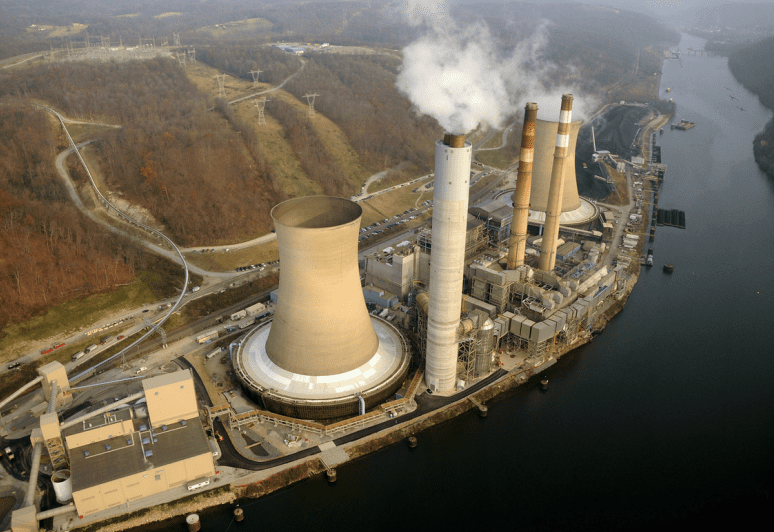The U.S. Environmental Protection Agency (EPA) has confirmed it is drafting a plan to eliminate all limits on greenhouse gases (GHG) from coal- and natural gas-fired power plants. The EPA on May 24 said a new rule on emissions would be published after interagency review.
A spokesperson for the EPA told Reuters news service: “Many have voiced concerns that the last administration’s replacement for that rule is similarly overreaching and an attempt to shut down affordable and reliable electricity generation in the United States, raising prices for American families, and increasing the country’s reliance on foreign forms of energy. As part of this reconsideration, EPA is developing a proposed rule.”
The New York Times first reported on the draft plan, with the newspaper saying it had reviewed internal agency documents. The EPA in the proposed regulation said carbon dioxide and other GHG from U.S. power plants “do not contribute significantly to dangerous pollution” or to climate change, with the agency saying emissions from U.S. power generation are a small share of global GHG emissions. The EPA said eliminating those emissions would not have a meaningful effect on public health.
Lee Zeldin, who heads the EPA, in a statement said, “We are seeking to ensure that the agency follows the rule of law while providing all Americans with access to reliable and affordable energy.”
Draft Rule Under Review
The Times on Saturday reported that the EPA sent the draft rule to the White House for review on May 2. The paper noted the proposal could be changed before being made available publicly, which it said could occur in June.
The EPA in its draft of the plan wrote that the U.S. share of emissions is just 3% of global pollution from the power generation sector. The agency also noted the U.S. has reduced its share of global emissions in the past 20 years, writing that the U.S. was responsible for 5.5% of global emissions in 2005. The U.S., though, is responsible for the second-most emissions from power generation worldwide, behind only China.
Saturday’s news comes one day after President Trump signed four executive orders supporting a faster buildout of nuclear power plants in the U.S. Those orders including a directive for the departments of Energy and Defense to look at putting reactors at military bases. The orders also noted deployment on federal lands, and also siting them near data centers. The directives also looked at ways reactors could be deployed without approval of the Nuclear Regulatory Commission.
The administration also set a goal of increasing U.S. nuclear power generation capacity to 400 GW by 2050, a fourfold jump from the current capacity of about 100 GW that comes from just more than 90 operating reactors.
Trump’s Support for Fossil Fuels
The proposed emissions rule aligns with the Trump administration’s efforts to prop up the use of fossil fuels for power generation in the U.S. The president on Jan. 20, the first day of his second term, declared an “energy emergency”, writing “The energy and critical minerals [“energy”] identification, leasing, development, production, transportation, refining, and generation capacity of the United States are all far too inadequate to meet our Nation’s needs. We need a reliable, diversified, and affordable supply of energy to drive our Nation’s manufacturing, transportation, agriculture, and defense industries, and to sustain the basics of modern life and military preparedness.”
The Trump administration has issued several orders related to ending federal spending related to programs that would combat climate change. The administration also has repeatedly said it would remove rules, such as emissions limits, that would hinder thermal power generation, oil and gas exploration, and mining operations.
Republicans in the U.S. House on Thursday in a party-line vote advanced Trump’s tax and spending bill that calls for ending subsidies and tax credits for renewable energy. The bill aims to eliminate funding including tax credits and grants, from the Inflation Reduction Act that support solar, wind, and other renewable energy, along with programs designed to reduce GHG from the power generation and transportation sectors.
—Darrell Proctor is a senior editor for POWER.
